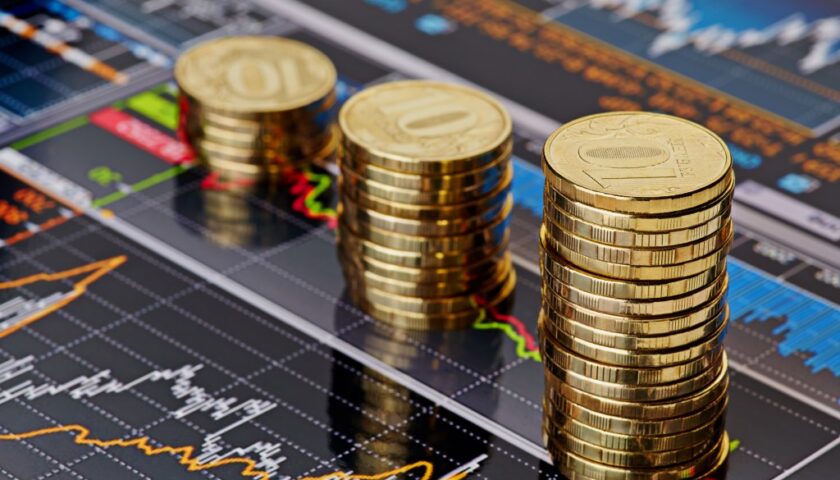The foreign exchange market, commonly known as Forex Trading Contests or FX, is a global decentralized marketplace where currencies are bought and sold. It’s the largest and most liquid financial market in the world, with an average daily trading volume surpassing $6 trillion. Forex trading offers a gateway to potentially lucrative opportunities, but it requires knowledge, discipline, and strategic planning.
Understanding Forex Trading
What is Forex Trading?
Forex trading involves the exchange of one currency for another at an agreed-upon price in the over-the-counter (OTC) market. Currencies are traded in pairs, such as EUR/USD (Euro/US Dollar) or GBP/JPY (British Pound/Japanese Yen). The value of a currency pair fluctuates based on various factors including geopolitical events, economic indicators, and market speculation.
How Does Forex Trading Work?
Traders aim to profit from the volatility in currency prices. They speculate on whether a currency will strengthen or weaken against another, buying or selling accordingly. Leverage is often utilized, allowing traders to control larger positions with a smaller amount of capital. While this amplifies potential profits, it also increases the risk of significant losses.
Essential Components of Forex Trading
1. Currency Pairs
Understanding currency pairs is fundamental. Major pairs like EUR/USD, USD/JPY, and GBP/USD typically have high liquidity and lower spreads. Minor and exotic pairs involve currencies from smaller economies and may exhibit higher volatility and wider spreads.
2. Trading Strategies
Various strategies exist, including day trading, swing trading, and position trading. Each strategy involves different time frames and risk levels. Successful traders often combine technical analysis (using charts, indicators) and fundamental analysis (economic news, geopolitical events) to make informed decisions.
3. Risk Management
Risk management is crucial. Setting stop-loss orders, determining position sizes based on account size and risk tolerance, and avoiding over-leveraging are key practices to mitigate potential losses.
4. Emotions and Psychology
Controlling emotions like fear and greed is vital. Emotionally-driven decisions can lead to impulsive trades and substantial losses. Developing a trading plan and sticking to it helps maintain discipline.
Steps to Start Forex Trading
1. Education and Research
Begin by learning the basics of Forex trading. Numerous educational resources, including online courses, articles, and books, are available. Understanding market dynamics and trading strategies is essential before risking real capital.
2. Choose a Reliable Broker
Selecting a reputable and regulated broker is crucial. Consider factors such as spreads, commissions, trading platforms, customer service, and security measures.
3. Create a Trading Plan
Develop a well-defined trading plan that includes clear objectives, risk tolerance, entry and exit strategies, and money management rules.
4. Practice with a Demo Account
Most brokers offer demo accounts that simulate real market conditions. Practicing with a demo account allows beginners to gain practical experience without risking actual funds.
5. Start Trading with Real Money
Once confident and profitable in a demo environment, start Forex Trading Contests with a small amount of capital. Gradually increase position sizes as experience grows.
Conclusion
Forex trading offers a platform for individuals to participate in global financial markets. However, success in Forex requires dedication, continuous learning, disciplined execution, and effective risk management. Beginners should approach Forex Trading Contests cautiously, understanding that it takes time to develop the skills necessary for consistent profitability.

